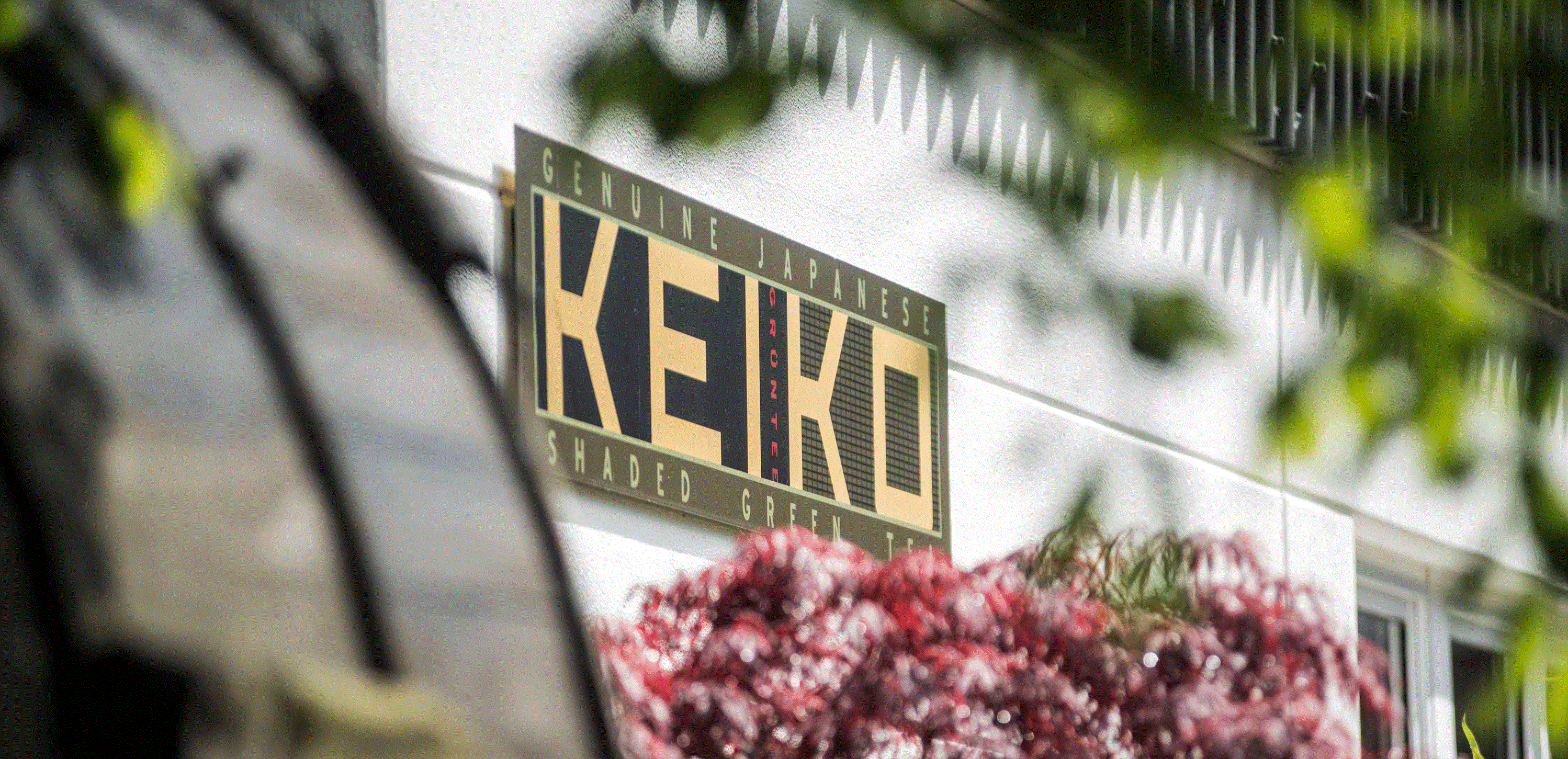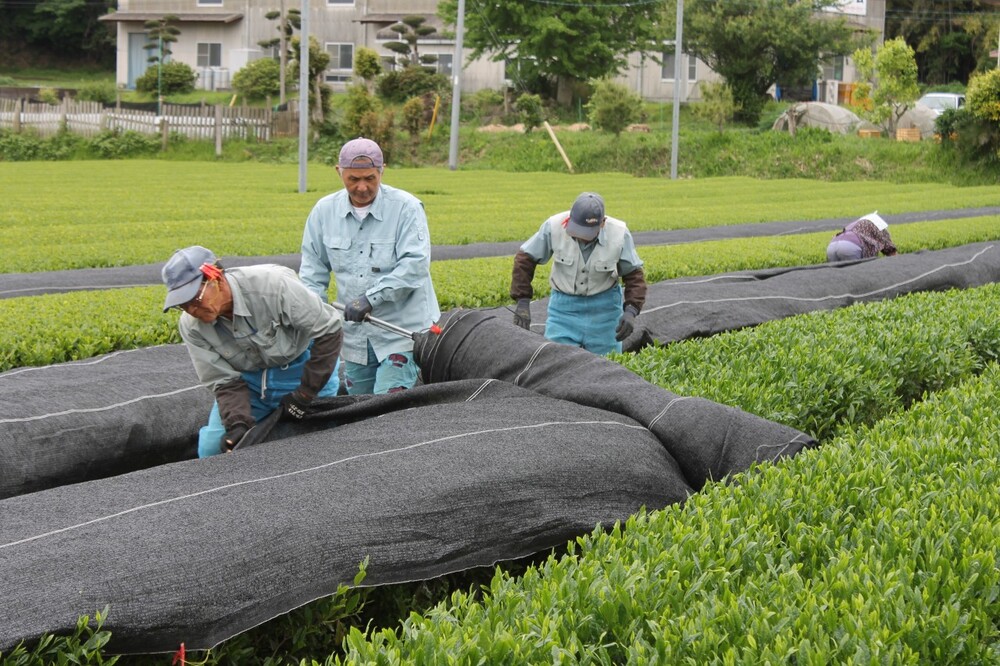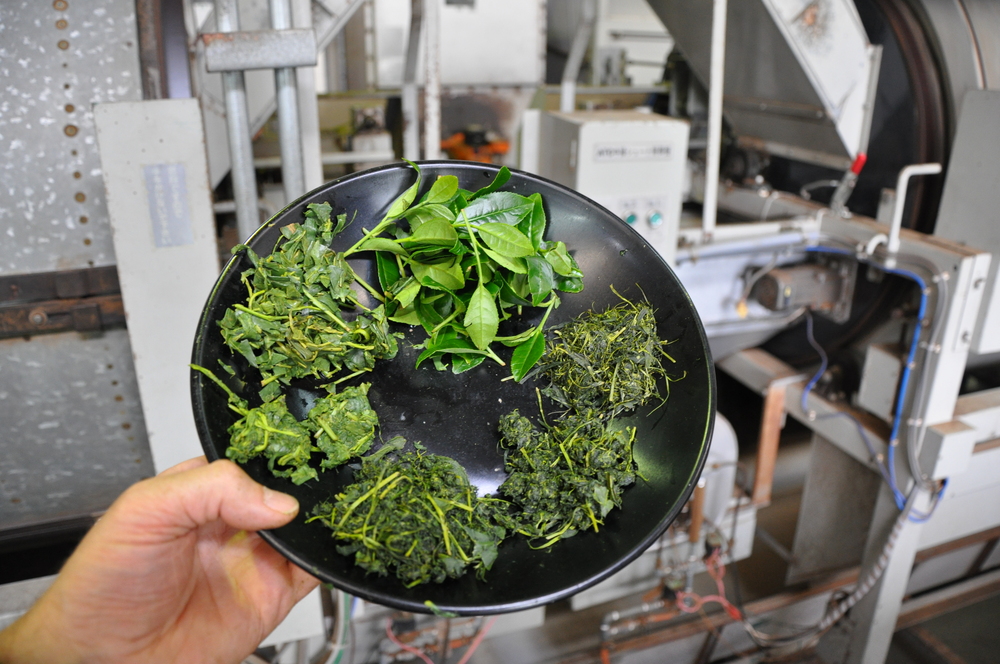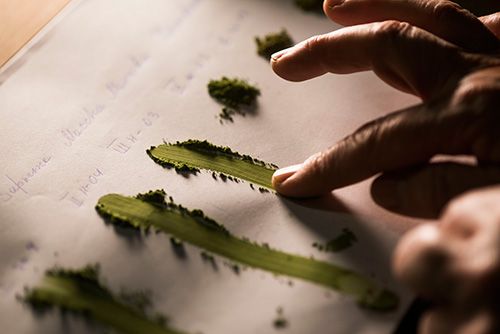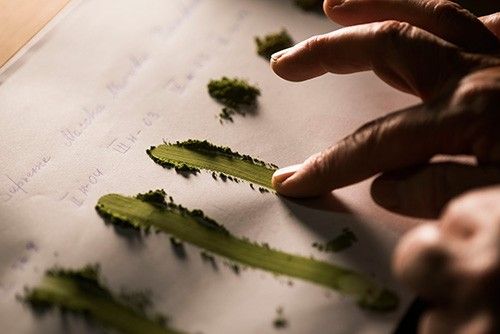Cultivation and Processing
The region and type of cultivation as well as processing are key influences for the quality and the ingredients
of the final tea-product.
KEIKO tea has proven especially rich in
valuable antioxidative ingredients in analyses. You can tell by the bright green color in the cup, the intense
fragrance and the deep multi-layered aroma of the infused tea leaves.
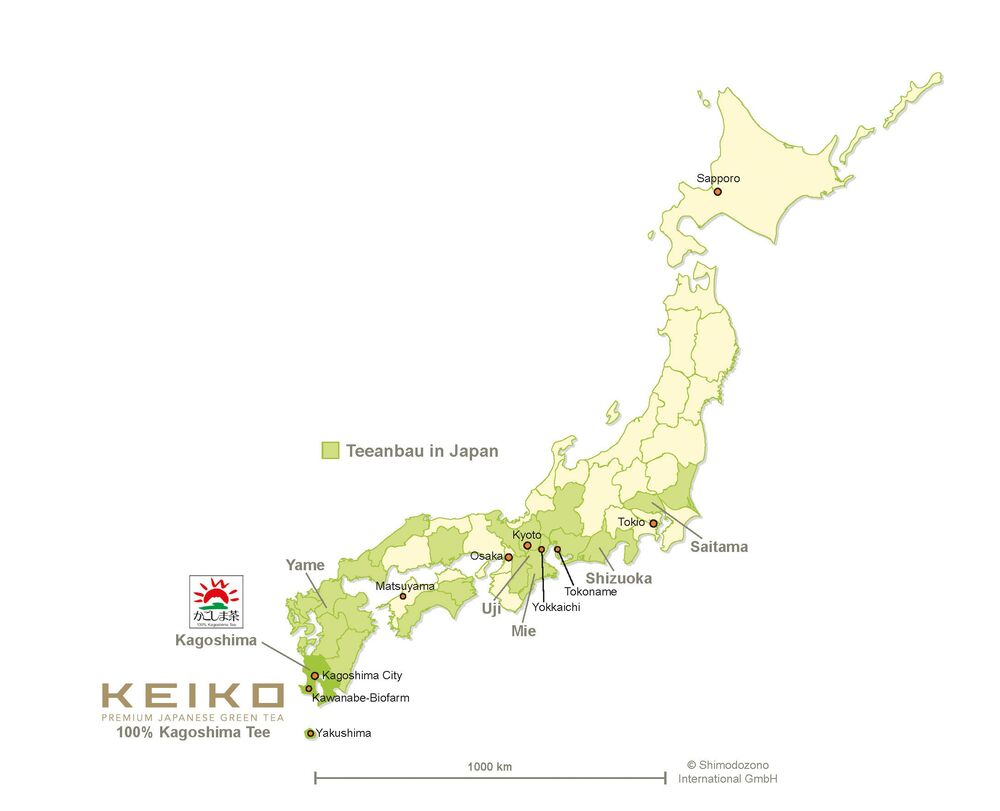
Tea cultivation in Kagoshima
Kagoshima is a relatively young tea-growing region, but it has developed into the most productive tea-growing
area in Japan due to its subtropical climate, high altitudes, and nutrient-rich soils.
The nearby Sakurajima, one of Japan's most active volcanoes, regularly blankets the region with ash clouds, enriching the soil with nutrients and contributing to its fertility.
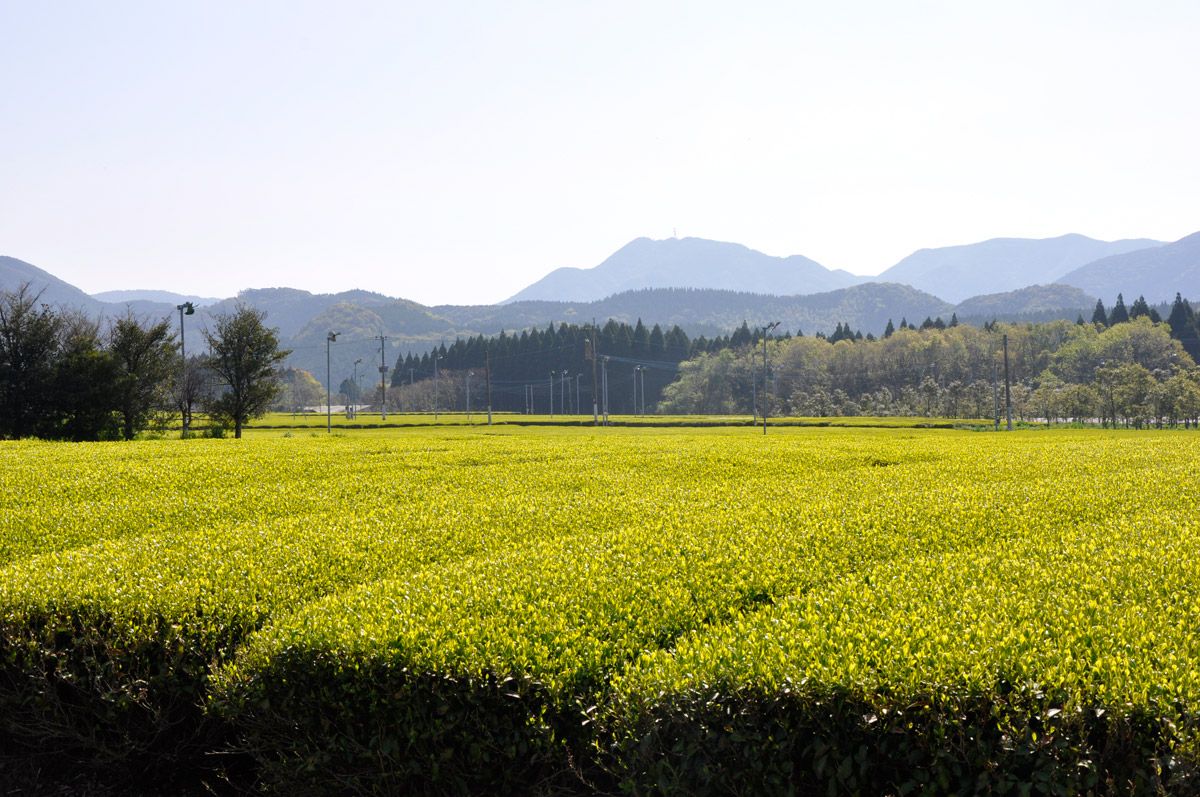
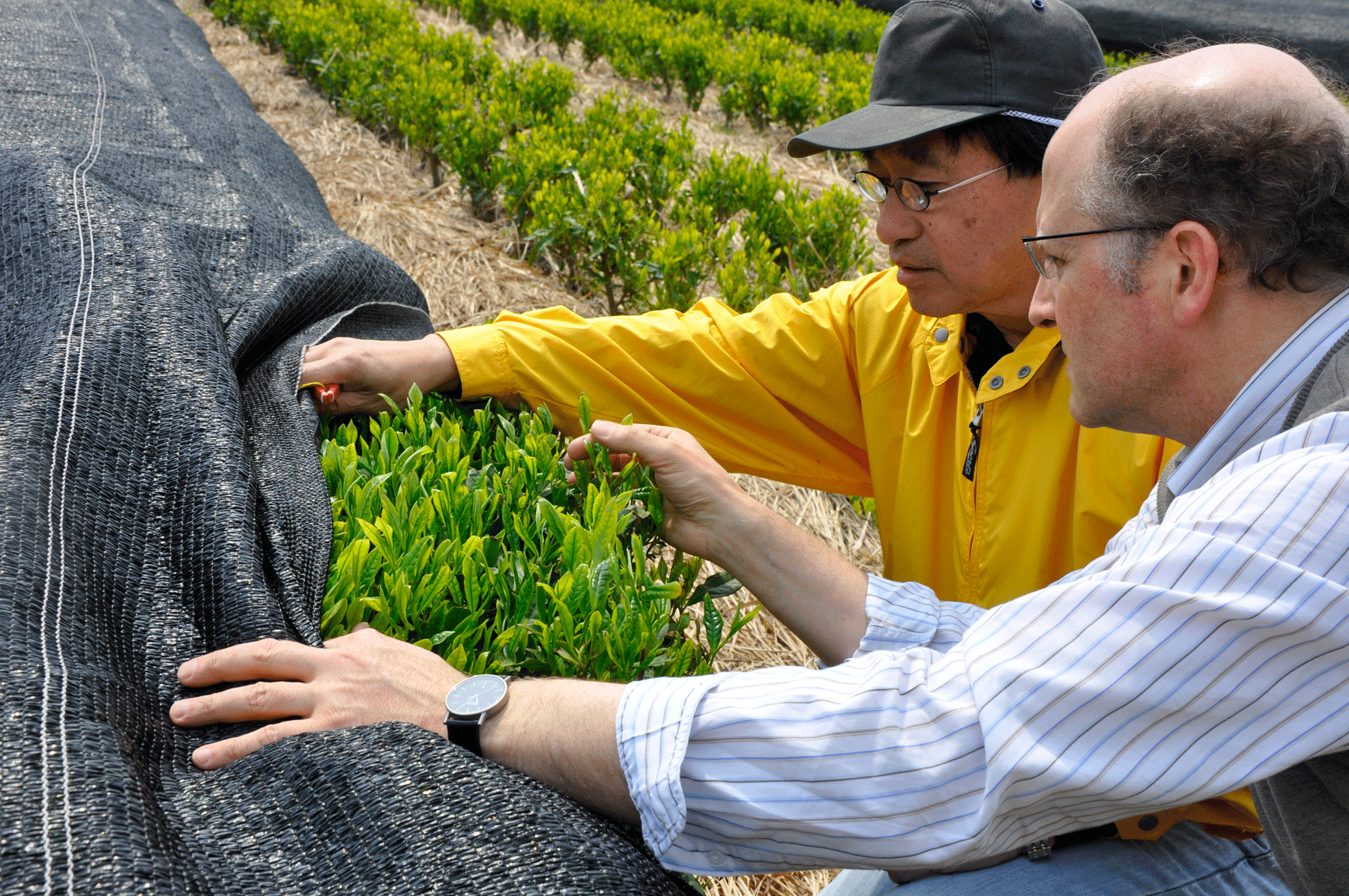
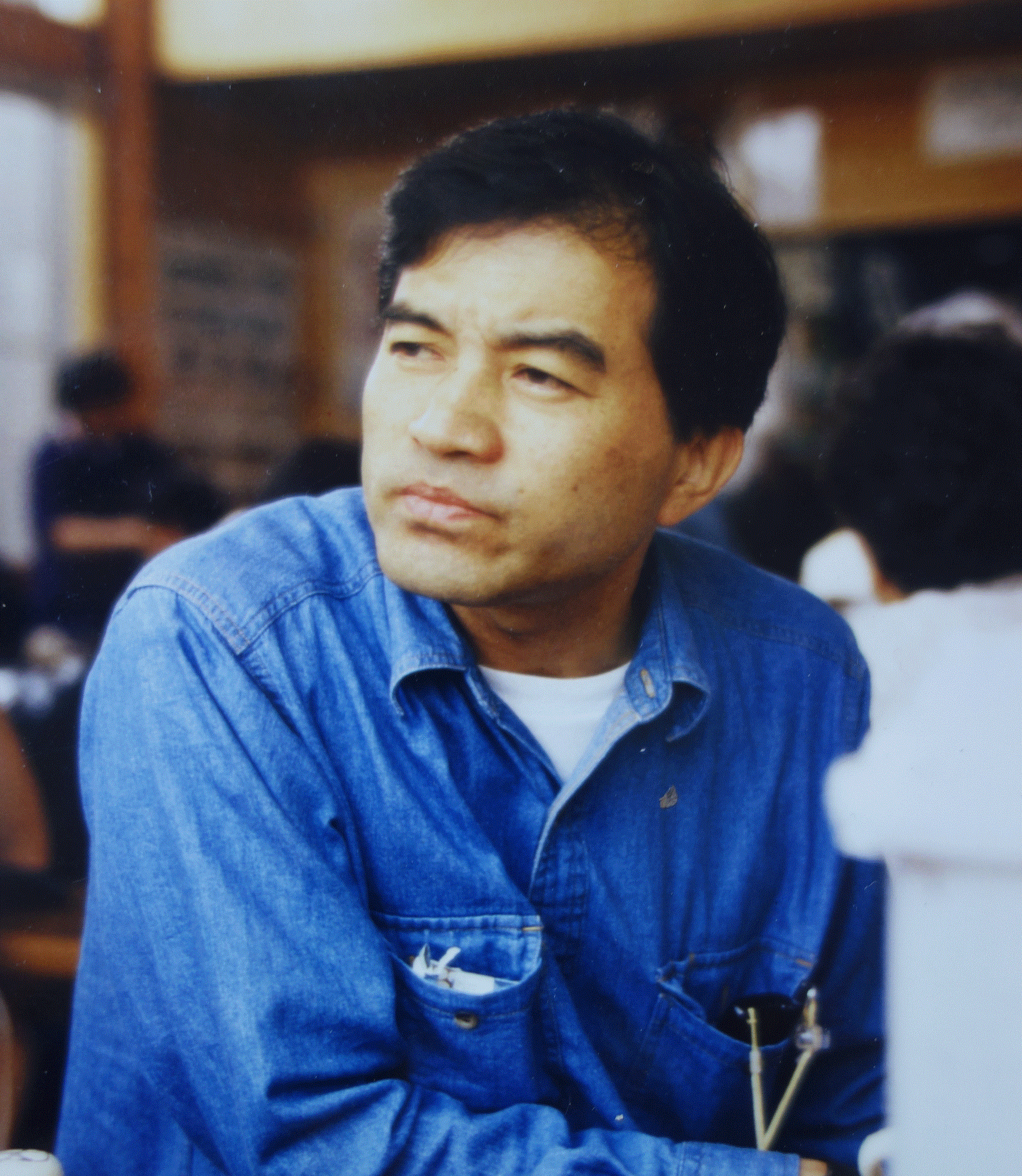
The legacy of a pioneer
After meeting Markus Hastenpflug at a fair in Germany Hiroshi Shimodozono (deceased 2009) initiated the conversion to organic cultivation according to EC standards with his brother Yutaka Shimodozono in 1992 creating the first organic certified tea farm. the KEIKO Biofarm, in Japan and the first to export organic certified tea in Japan.
It was also Hiroshi Shimodozono (see picture) who called a whole new project to life on the KEIKO Biofarm: Tea cultivation following the principles of Akinori Kimura. This method of cultivation was initially implemented on apples by Kimura and renounces the use of not only pesticides and herbicides but also any fertilizers, aiming to strengthen and stimulate the plants natural root system. A process that can take years to develop.
The experiment is being continued to this day and in 2016 the plants could be harvested for the first time. The tea is medium steamed (Chuumushi) - as opposed to most KEIKO Teas undergoing intensive fukamushi steaming - which leads to a lighter cup colour. The taste however is a harmonious combination of elegant aroma and a velvety sweet texture.


